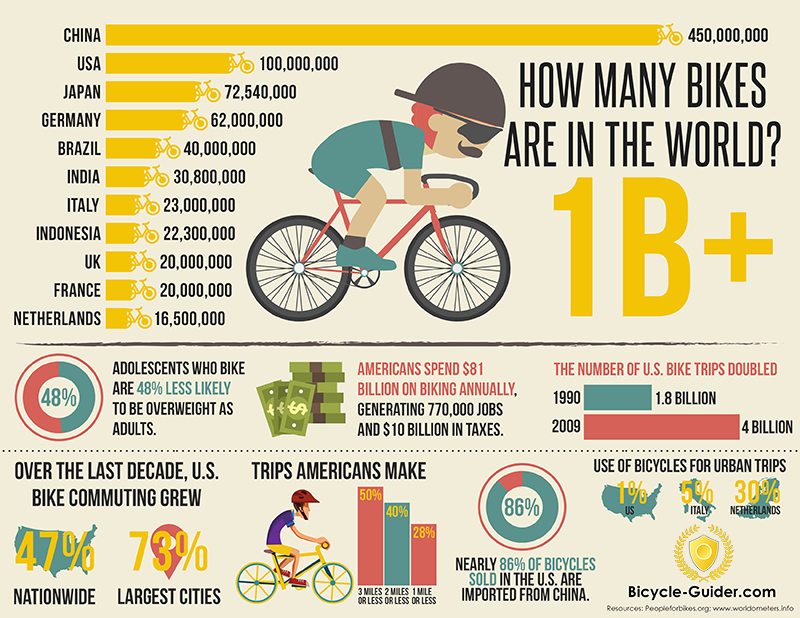Inform On Your Own On The Regulations Governing E-Bike Use In Your Region To Guarantee Safe Riding Practices
Inform On Your Own On The Regulations Governing E-Bike Use In Your Region To Guarantee Safe Riding Practices
Blog Article
Write-Up Writer-Moran Chang
Prior to you get on your e-bike and hit the streets, it's critical to understand the legislations and guidelines that control your city. From speed limitations to marked riding areas, there's a whole lot to think about to guarantee you're certified and safe. By familiarizing yourself with the rules particular to e-bikes, you'll be much better furnished to enjoy your adventures without any unexpected legal concerns. Stay tuned to find essential insights that will certainly assist you navigate the e-bike landscape in your city effortlessly.
Comprehending E-Bike Classification
When it pertains to browsing the realm of e-bike legislations and policies, a crucial beginning point is understanding the category system that classifies these electric bikes. E-bikes are commonly identified into 3 major categories: Class 1, Class 2, and Class 3.
Class 1 e-bikes are pedal-assist only, implying they give assistance while the cyclist is pedaling and have a maximum speed of 20 mph. These bikes are allowed locations where typical bicycles are allowed.
Course 2 e-bikes are furnished with a throttle that can thrust the bike without pedaling. They additionally have a maximum speed of 20 miles per hour and are suitable for riders that may require support without pedaling continually.
Course 3 e-bikes are similar to Class 1 however with a higher maximum speed of 28 miles per hour. These bikes are frequently restricted from specific bike courses or trails due to their greater speeds.
Understanding these categories is crucial for abiding by local guidelines and making certain a secure and enjoyable e-biking experience.
Navigating Rate Limitations and Constraints
To successfully navigate e-bike regulations and policies, it's crucial to understand the speed restrictions and constraints that apply to various classes of electrical bikes.
Speed limits for e-bikes differ depending on the classification of the bike. Class 1 e-bikes, which are pedal-assist just and have a maximum speed of 20 miles per hour, are usually permitted on bike lanes and paths.
Course 2 e-bikes, which have a throttle in addition to pedal-assist and likewise reach speeds of approximately 20 mph, may be limited in certain locations where motorized vehicles aren't allowed.
Class 3 e-bikes, with pedal-assist up to 28 miles per hour, are usually called for to follow the exact same rules as conventional bicycles.
It is essential to follow these rate limits and restrictions to ensure your security and the safety of others on the road. Prior to riding Highly recommended Site -bike, familiarize yourself with the particular regulations in your city to stay clear of any possible penalties or legal problems.
Where to Ride Your E-Bike
To identify where you can ride your e-bike, it's necessary to be aware of the laws and standards details to your location. In https://tysonmtzfl.thenerdsblog.com/38792903/a-comprehensive-overview-for-beginners-on-e-bike-laws-and-regulations-in-your-local-area of areas, e-bikes are typically enabled on roads and roads where conventional bikes are permitted. This might include bike lanes, bike paths, and shared highways. Nonetheless, it's critical to examine local legislations as some cities might have particular restrictions on where e-bikes can be ridden.
When riding https://fat-tire-ebike-factory99876.blogpixi.com/33323669/the-case-for-electric-bikes-as-a-sustainable-transportation-alternative -bike, constantly prioritize security by adhering to website traffic regulations and valuing pedestrian walkways. In addition, be mindful of any designated bike lanes or paths in your location and utilize them whenever possible to make sure a smoother and much safer trip.
Some cities also have guidelines concerning e-bike use on sidewalks, so ensure to familiarize on your own with these regulations to avoid any kind of penalties or penalties.
Verdict
Since you're familiar with the regulations and regulations surrounding e-bikes in your city, you can with confidence hit the trail knowing where you can ride and what limitations apply to your e-bike classification. Remember to constantly focus on safety and security and follow the guidelines to make certain a smooth and legal adventure. Happy riding!
